'We need to be constantly reminded of our similarities' – Jonathan Baldock challenges the patriarchal roots of a former Roman temple in London
Through use of ceramics and textiles, British artist Jonathan Baldock creates a magical and immersive exhibition at ‘0.1%’ at London's Mithraum Bloomberg Space
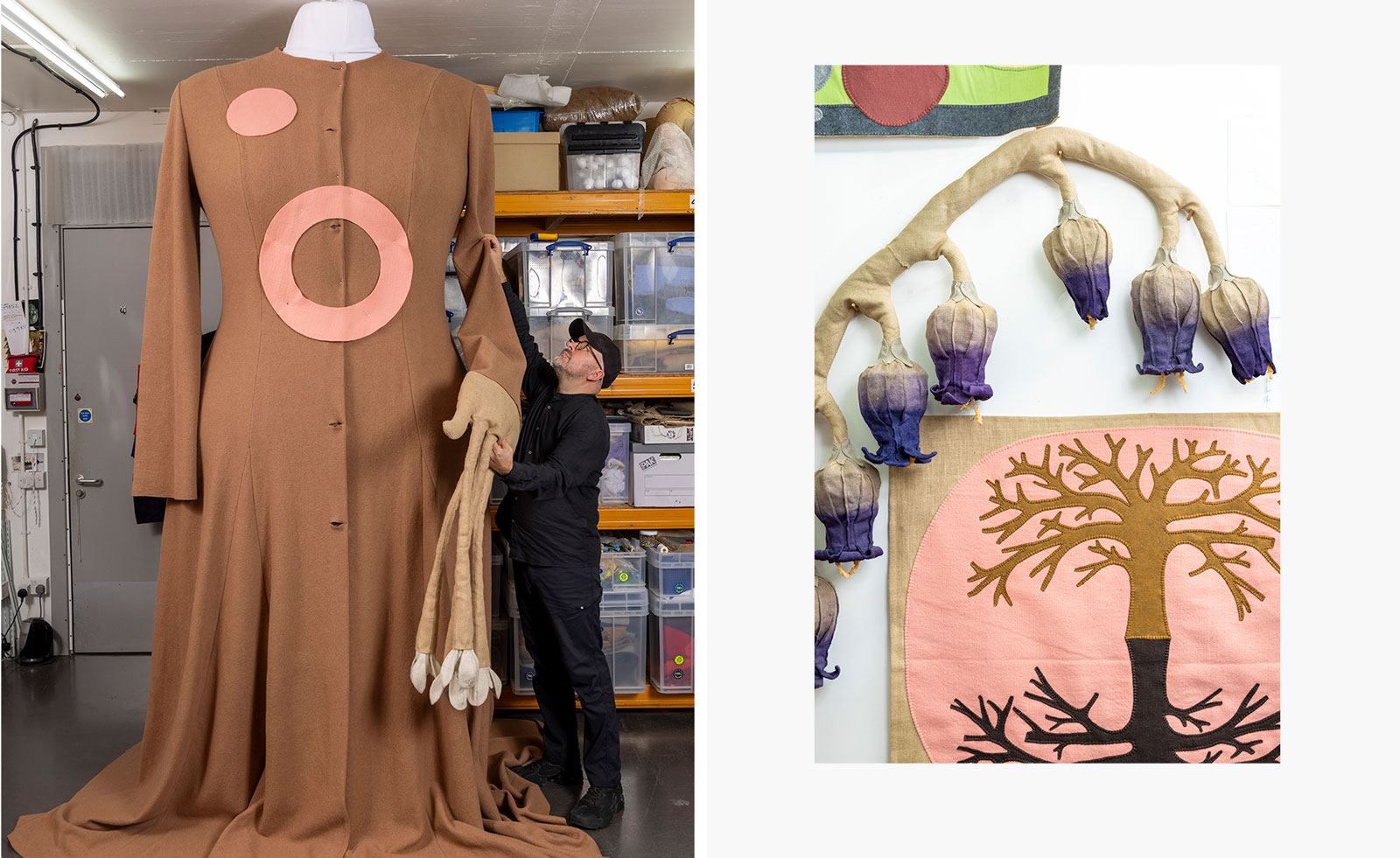
Jonathan Baldock crafts wild magic in his immersive exhibitions. Working primarily with clay and natural textiles, the British artist weaves together pagan traditions, expressive natural forms, and the deep connection he shares with the women in his family. For ‘0.1%’ at London Mithraum Bloomberg Space, he challenges the patriarchal roots of this former Roman Temple, which was built to worship the macho god of justice and war. A four-metre-tall mother-goddess figure towers over the exhibition.
'The divine feminine predates the temple of Mythras,' Baldock tells me, when we meet in his east London studio ahead of the opening. 'But the older, divine feminine goddess figures were knocked to the side by warrior societies.' His idol is powerfully built, cloaked in a long coat covered in swirling vines and flowers. Her outfit is made from heavy hessian, like the fabric bags used for hop picking, a long tradition within his family. Its thick, loose weave fits her looming proportions. 'It looks like a giant could have made it,' he considers. 'It has an otherworldliness.'
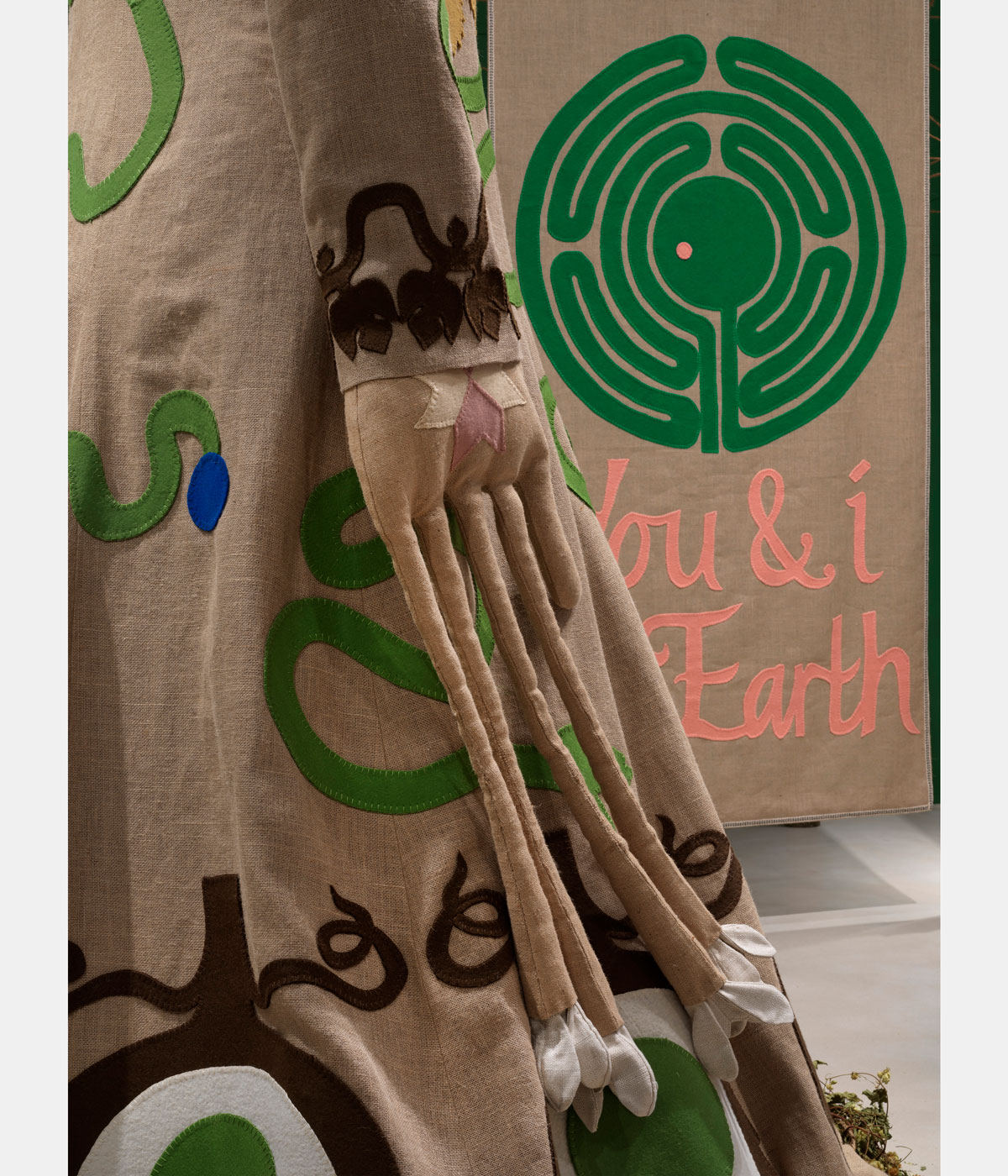
The head is based on a sculpture the artist made of his mother when he was a child; he has scaled it up in bronze, with lapis lazuli embellishments. 'I remember making this figure from earth dug out of the back garden. Kent soil is claylike; it’s raw and sticky. Like a lot of parents, she told me it was incredible! I remember feeling very proud.' The new head is both endearing and intimidating; Baldock was keen to embrace this duality, presenting a potent, complex maternal figure. 'I was a queer kid in a single parent family until she married my stepfather, and she took on multiple roles. It would be very easy to make it all cheesy and cosy, but I wanted to show the hard-working person who held down multiple jobs and could be terrifying as well.'
The mother-goddess sits at the centre of a grid of poles which create a maze-like viewing experience and capture Baldock’s childhood memories of hop gardens. 'There’s a feeling you get in these spaces which is a bit like a forest. I like the idea that it’s not an easy path through.' The use of coppice, which involves cutting lengths of wood but never killing the plant, reflects the artist’s interest in traditional farming techniques which have a symbiotic relationship with nature.
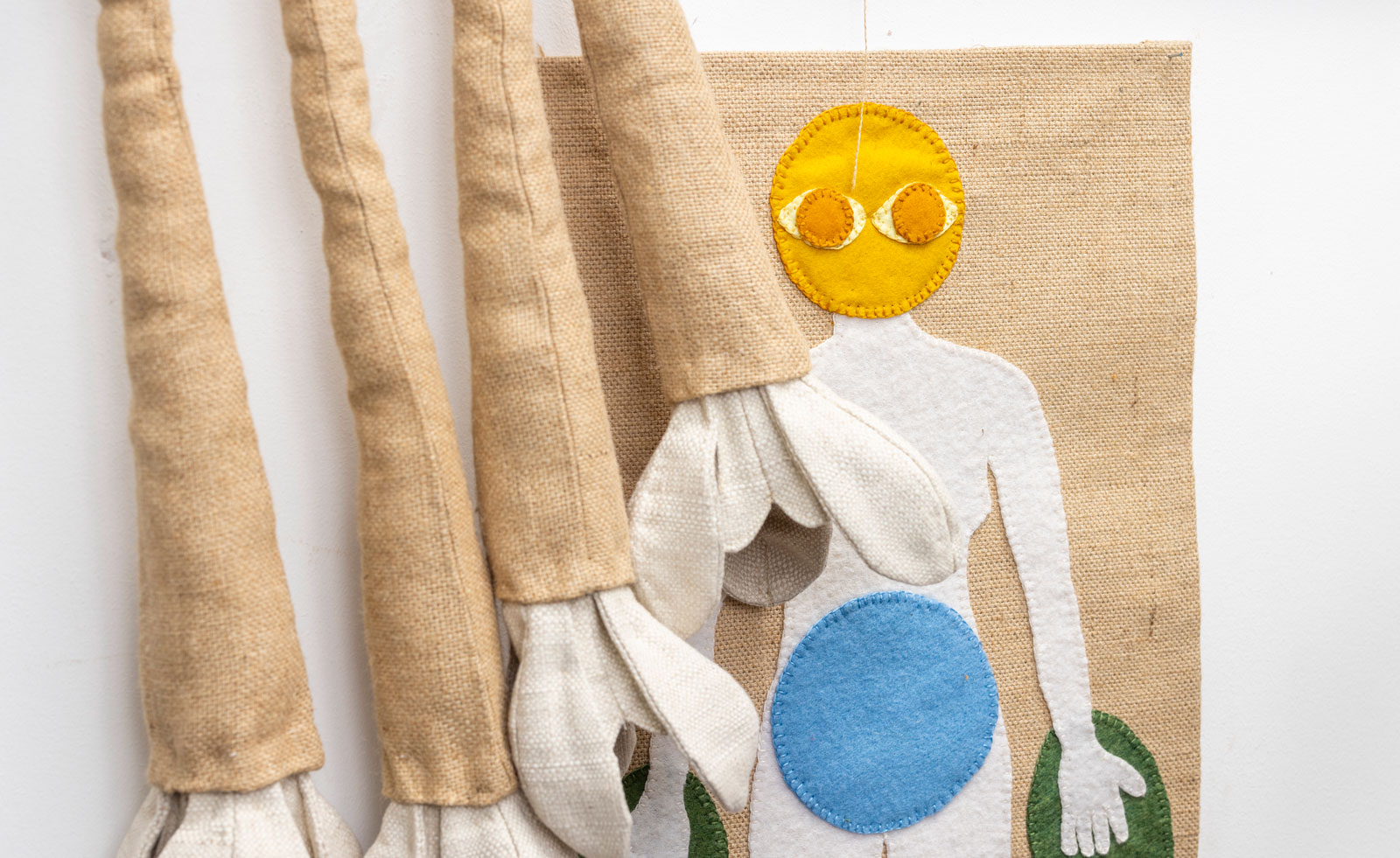
Amongst the poles is a selection of ceramics and textiles covered in luscious images of bees, foliage, and sacred geometry, as well as his mother’s favourite flowers: bluebells and snowdrops. Teeth, umbilical cords, and hair are also pictured, mirroring parental keepsakes and DNA which runs through generations. Baldock’s mother created a heart sculpture and rendering of the artist’s head from Kent soil, which sit out of sight within the goddess. There is also an ambient soundscape created with Baldock’s frequent collaborator Luke Barton, which includes whispers, bird song, and the sound of hop pickers.
The title comes from the minute genetic difference that exists amongst all humans: 0.1%. 'At the centre of the work is my belief that most humans are good,' he tells me. 'When societies were smaller, often working with the land, everyone knew each other. They knew their place in the community. Now, we’re so overwhelmed. We need to be constantly reminded of our similarities. We are all brothers and sisters, the amount of DNA we share is so huge in comparison to what separates us.'
We need to be constantly reminded of our similarities. We are all brothers and sisters, the amount of DNA we share is so huge in comparison to what separates us.
Jonathan Baldock

These ideas feed into Baldock’s upcoming solo exhibition at Edinburgh’s Jupiter Artland. For ‘Wyrd’ (opening 10 May), Baldock is creating textile and ceramic animal sculptures inspired by vintage soft toy manuals and based on creatures that have been observed to have same-sex relationships. Animals such as penguins will be shown in hybrid with mythological creatures, inspired by Sacha Coward’s ‘Queer as Folklore’, which positions the old Norse word ‘wyrd’ as a special otherness that is connected with ancient goddesses. “Certainty when I was growing up, ideas around what was ‘normal’ were impressed through the natural world,” says Baldock. “This recent scientific focus on same sex relationships between animals hit a chord. It’s a middle finger up to the idea of not being ‘as you’re supposed to be’. I hope it will be very inclusive, disarmingly funny, and beautiful.”
Receive our daily digest of inspiration, escapism and design stories from around the world direct to your inbox.
Jonathan Baldock's ‘0.1%’ at London Mithraum Bloomberg Space runs until 5 July 2025
Emily Steer is a London-based culture journalist and former editor of Elephant. She has written for titles including AnOther, BBC Culture, the Financial Times, and Frieze.
-
 Hanker after a 1970s supercar? The Encor Series 1 elevates the Lotus Esprit to a new level
Hanker after a 1970s supercar? The Encor Series 1 elevates the Lotus Esprit to a new levelThis limited-edition remastering of the dramatic wedge-shaped Lotus Esprit stops at nothing to improve and enhance the original without losing sight of its analogue excellence
-
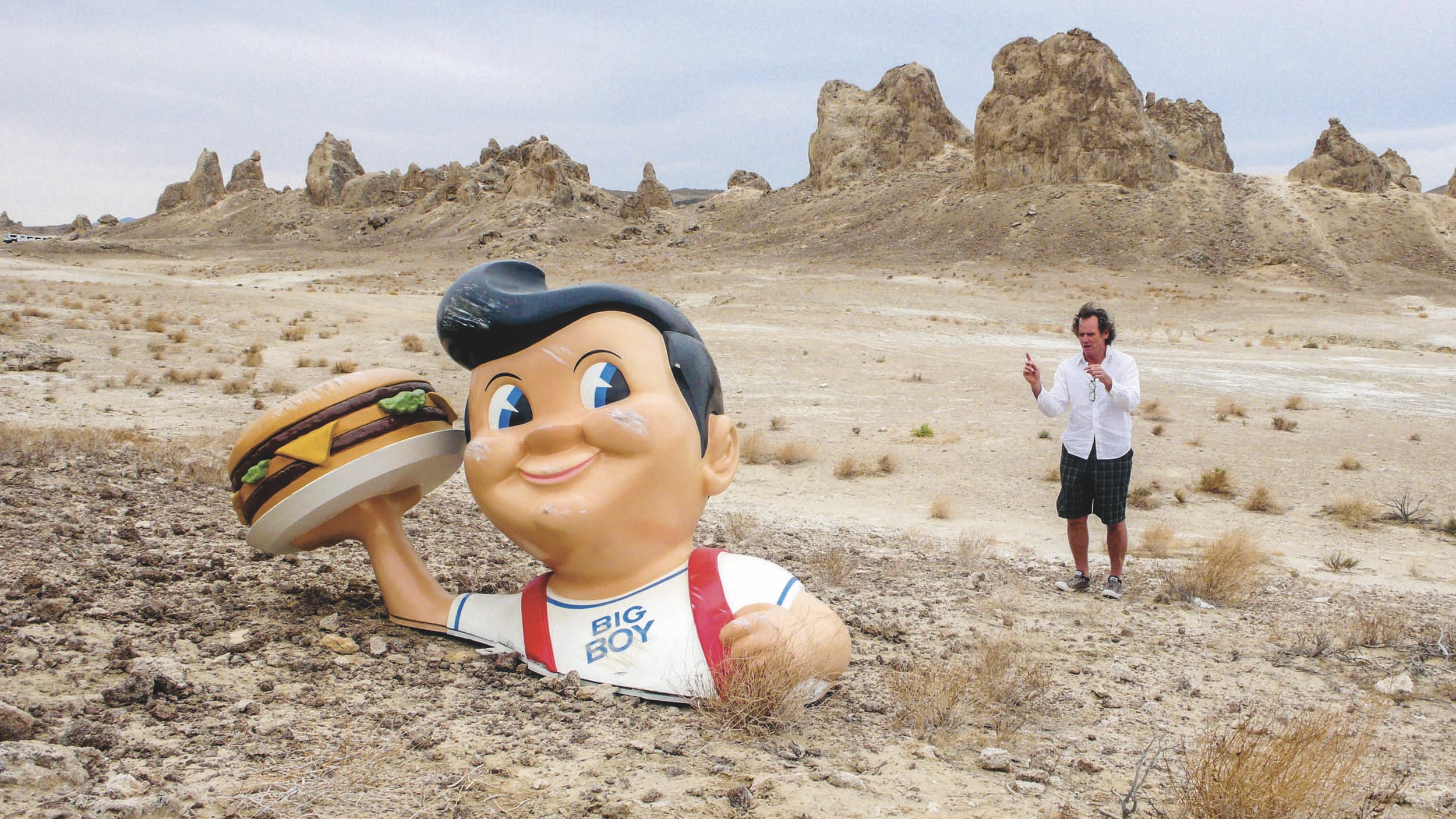 A new photo book takes you behind the scenes of some of cinema's most beloved films, from 'Fargo' to 'Charlie's Angels'
A new photo book takes you behind the scenes of some of cinema's most beloved films, from 'Fargo' to 'Charlie's Angels'Set decorator Lauri Gaffin captures Hollywood's quieter moments in an arresting new book
-
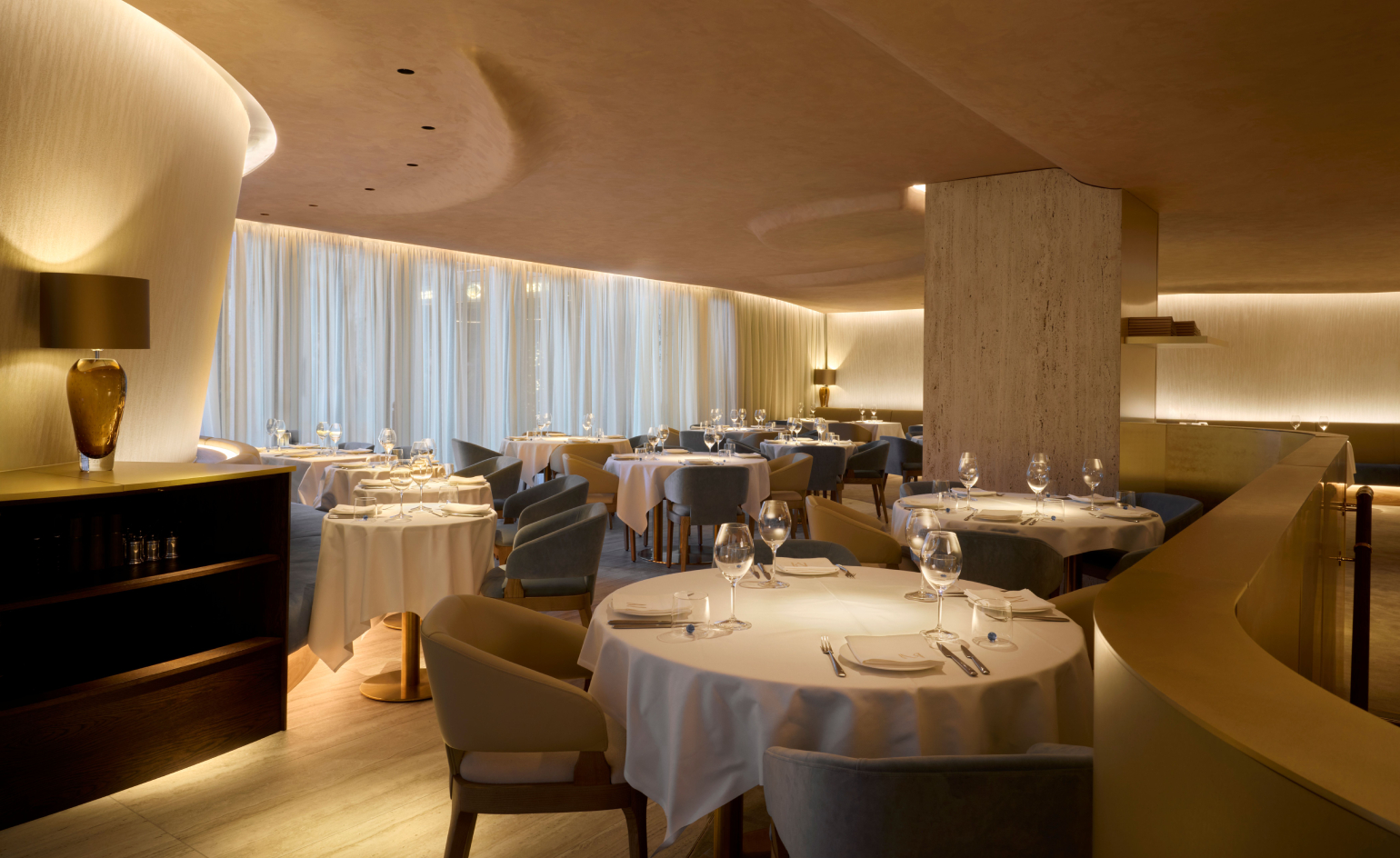 This sculptural London seafood restaurant was shaped by ‘the emotions of the sea’
This sculptural London seafood restaurant was shaped by ‘the emotions of the sea’In Hanover Square, Mazarine pairs a bold, pearlescent interior with modern coastal cuisine led by ‘bistronomy’ pioneer chef Thierry Laborde
-
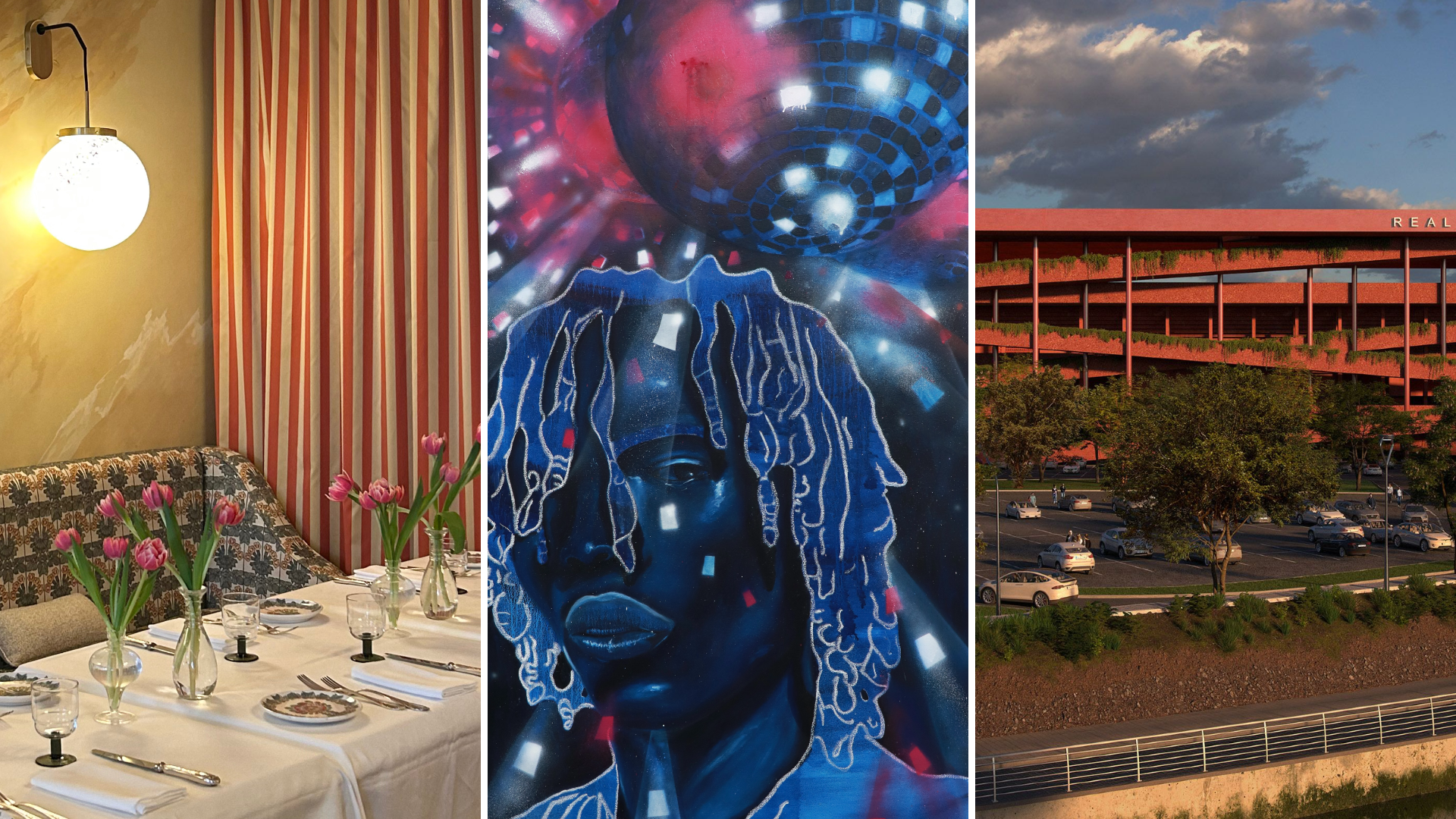 Out of office: The Wallpaper* editors’ picks of the week
Out of office: The Wallpaper* editors’ picks of the weekIt’s wet, windy and wintry and, this week, the Wallpaper* team craved moments of escape. We found it in memories of the Mediterranean, flavours of Mexico, and immersions in the worlds of music and art
-
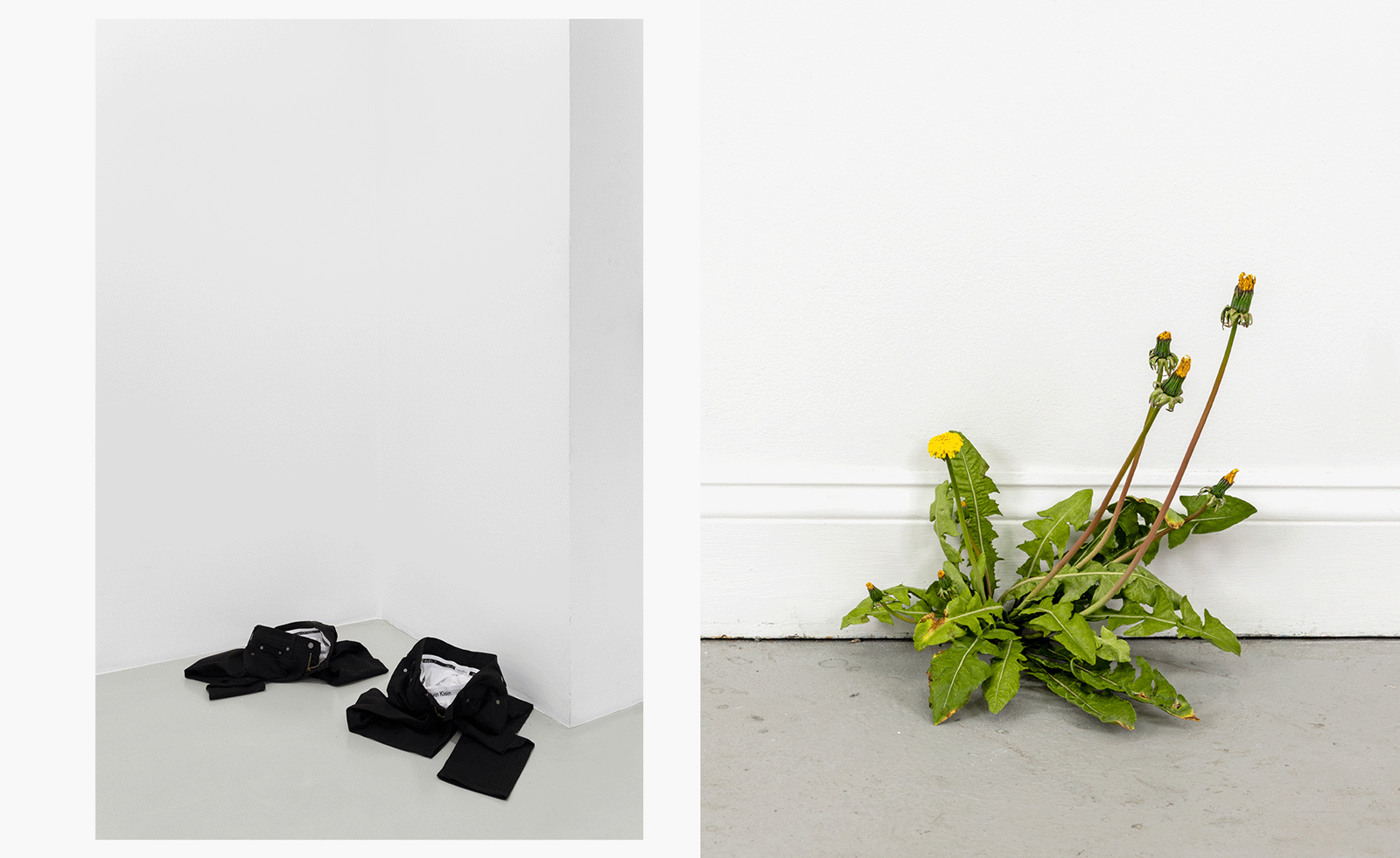 Each mundane object tells a story at Pace’s tribute to the everyday
Each mundane object tells a story at Pace’s tribute to the everydayIn a group exhibition, ‘Monument to the Unimportant’, artists give the seemingly insignificant – from discarded clothes to weeds in cracks – a longer look
-
 Out of office: The Wallpaper* editors’ picks of the week
Out of office: The Wallpaper* editors’ picks of the weekThis week, the Wallpaper* team had its finger on the pulse of architecture, interiors and fashion – while also scooping the latest on the Radiohead reunion and London’s buzziest pizza
-
 Out of office: The Wallpaper* editors’ picks of the week
Out of office: The Wallpaper* editors’ picks of the weekIt’s been a week of escapism: daydreams of Ghana sparked by lively local projects, glimpses of Tokyo on nostalgic film rolls, and a charming foray into the heart of Christmas as the festive season kicks off in earnest
-
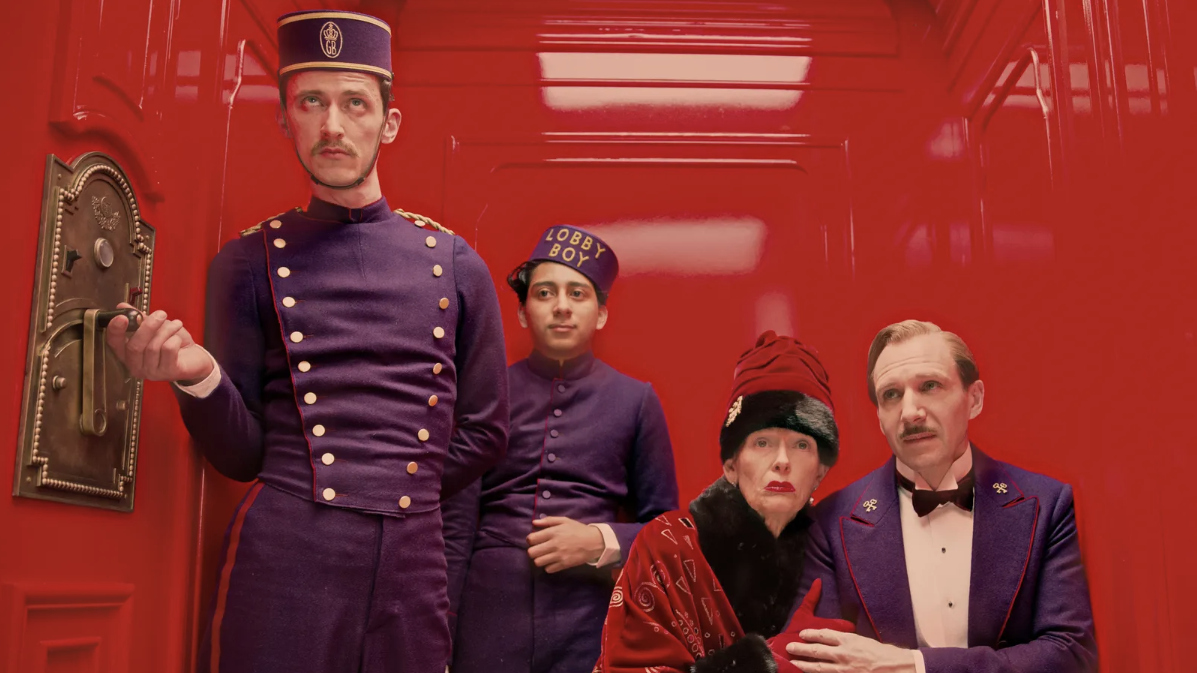 Wes Anderson at the Design Museum celebrates an obsessive attention to detail
Wes Anderson at the Design Museum celebrates an obsessive attention to detail‘Wes Anderson: The Archives’ pays tribute to the American film director’s career – expect props and puppets aplenty in this comprehensive London retrospective
-
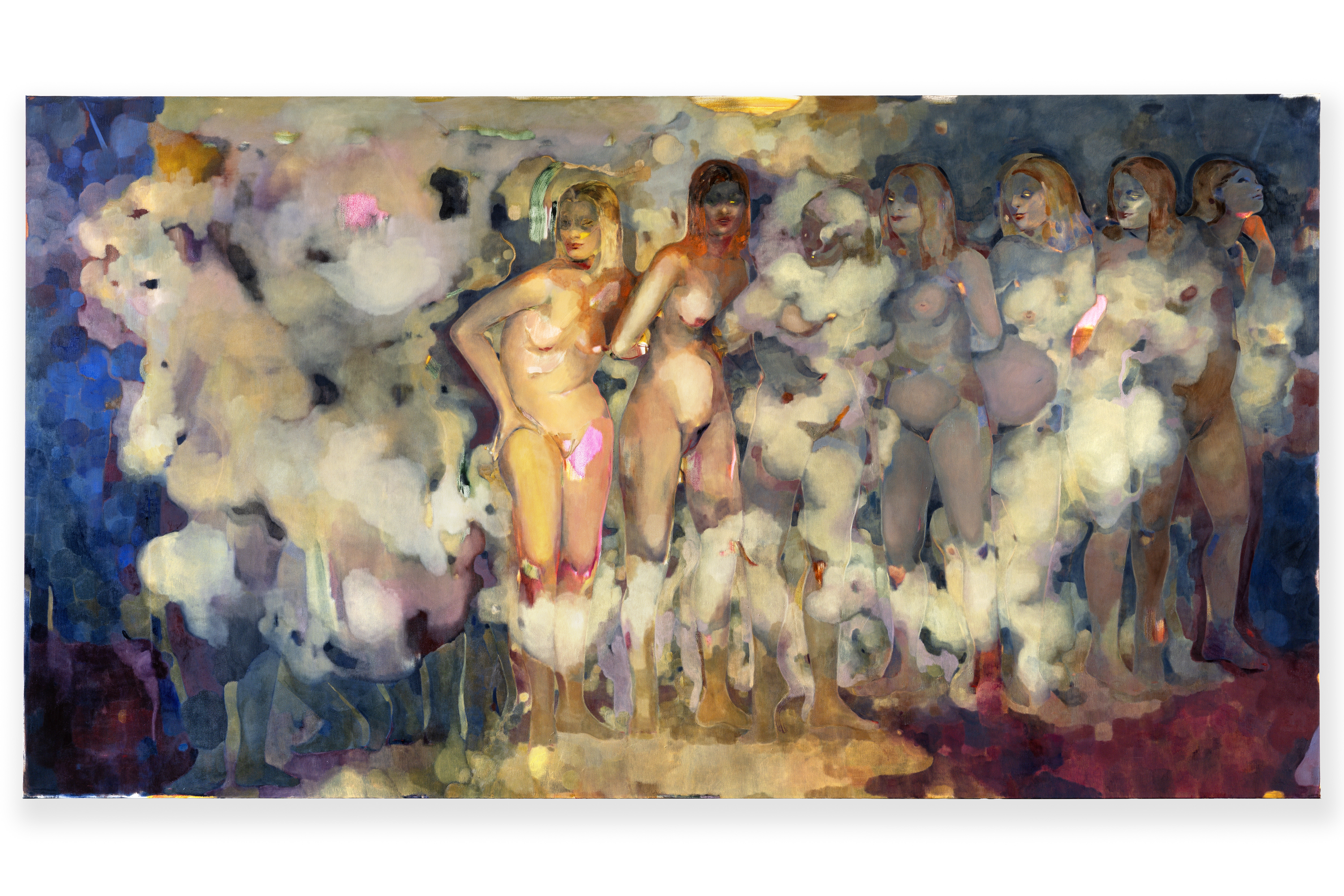 Meet Eva Helene Pade, the emerging artist redefining figurative painting
Meet Eva Helene Pade, the emerging artist redefining figurative paintingPade’s dreamlike figures in a crowd are currently on show at Thaddaeus Ropac London; she tells us about her need ‘to capture movements especially’
-
 David Shrigley is quite literally asking for money for old rope (£1 million, to be precise)
David Shrigley is quite literally asking for money for old rope (£1 million, to be precise)The Turner Prize-nominated artist has filled a London gallery with ten tonnes of discarded rope, priced at £1 million, slyly questioning the arbitrariness of artistic value
-
 Out of office: The Wallpaper* editors’ picks of the week
Out of office: The Wallpaper* editors’ picks of the weekThe rain is falling, the nights are closing in, and it’s still a bit too early to get excited for Christmas, but this week, the Wallpaper* team brought warmth to the gloom with cosy interiors, good books, and a Hebridean dram